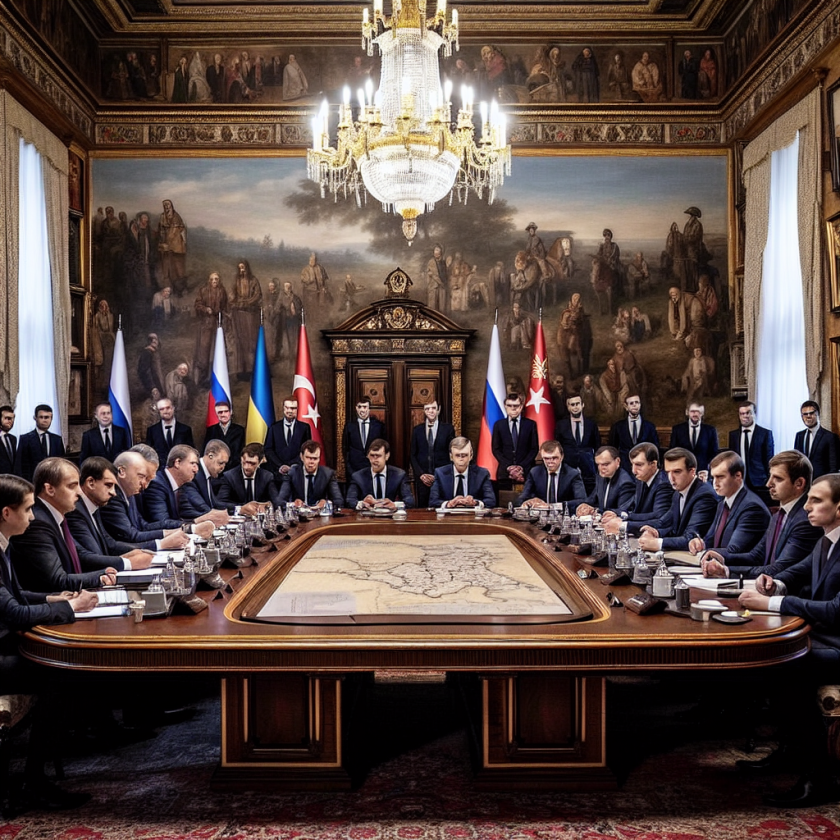Chronology of Iran’s Enduring Conflict with the United States
Chronology of Iran’s Enduring Conflict with the United States
Introduction: A Complex Relationship
The conflict between Iran and the United States is a multifaceted and enduring geopolitical struggle that has spanned decades. This complex relationship is characterized by a series of political, military, and economic confrontations that have shaped the Middle East’s landscape and influenced global politics.
Key Historical Milestones
Understanding the chronology of this conflict requires examining pivotal events that have defined the trajectory of U.S.-Iran relations.
- 1953 Coup: The U.S. and UK orchestrated a coup to overthrow Iran’s democratically elected Prime Minister Mohammad Mossadegh, reinstating the Shah’s power.
- 1979 Iranian Revolution: The overthrow of the Shah and the establishment of the Islamic Republic marked a significant shift, leading to the U.S. embassy hostage crisis.
- 1980s Iran-Iraq War: The U.S. supported Iraq, further straining relations with Iran.
- 2002 “Axis of Evil”: President George W. Bush’s speech labeled Iran as part of an “Axis of Evil,” escalating tensions.
- 2015 Nuclear Deal: The Joint Comprehensive Plan of Action (JCPOA) was a landmark agreement aimed at curbing Iran’s nuclear capabilities in exchange for sanctions relief.
- 2018 U.S. Withdrawal from JCPOA: The Trump administration’s exit from the nuclear deal reignited hostilities and led to increased sanctions.
Current Dynamics and Ongoing Tensions
The conflict continues to evolve, with both nations engaging in diplomatic and military maneuvers that impact regional stability.
- Sanctions and Economic Pressure: The U.S. has imposed extensive sanctions on Iran, targeting its economy and key industries.
- Military Posturing: Both countries have engaged in military displays and proxy conflicts, particularly in the Persian Gulf region.
- Diplomatic Efforts: Attempts to revive the nuclear deal and engage in dialogue have been met with challenges and setbacks.
Conclusion: A Persistent Geopolitical Challenge
The enduring conflict between Iran and the United States remains a significant geopolitical challenge with far-reaching implications. Key takeaways include the historical roots of the conflict, the impact of pivotal events, and the ongoing tensions that continue to shape international relations. As both nations navigate this complex relationship, the potential for resolution or escalation remains a critical focus for global diplomacy.







































